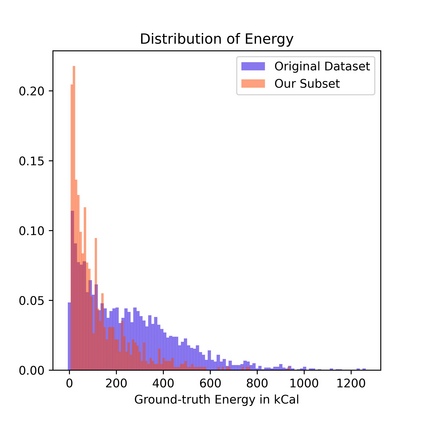Assessment of dietary intake has primarily relied on self-report instruments, which are prone to measurement errors. Dietary assessment methods have increasingly incorporated technological advances particularly mobile, image based approaches to address some of these limitations and further automation. Mobile, image-based methods can reduce user burden and bias by automatically estimating dietary intake from eating occasion images that are captured by mobile devices. In this paper, we propose an "Energy Density Map" which is a pixel-to-pixel mapping from the RGB image to the energy density of the food. We then incorporate the "Energy Density Map" with an associated depth map that is captured by a depth sensor to estimate the food energy. The proposed method is evaluated on the Nutrition5k dataset. Experimental results show improved results compared to baseline methods with an average error of 13.29 kCal and an average percentage error of 13.57% between the ground-truth and the estimated energy of the food.
翻译:膳食摄入量评估主要依靠自报工具,这些工具容易出现测量错误; 膳食评估方法越来越多地纳入技术进步,特别是移动的、以图像为基础的方法,以应对其中一些限制和进一步自动化; 移动的、以图像为基础的方法可以通过自动估计通过移动设备摄取的饮食时间图像的膳食摄入量来减少用户负担和偏差; 在本文中,我们提出了“能源密度图”,这是从RGB图像到食物能量密度的像素-像素映射; 然后,我们将“能源密度图”纳入一个相关的深度地图,由深度传感器采集,以估计食物能量; 在营养5k数据集上评估了拟议方法; 实验结果显示,与基线方法相比,结果有所改善,平均误差13.29千卡,地面图与估计食物能量之间平均误差13.57%。







